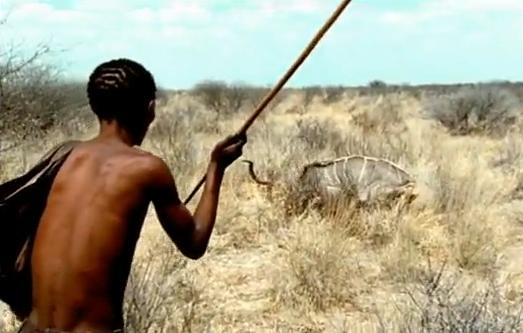The preferred and most productive manner of hunting for live food and plant food by humans may have been learned from early primate ancestors and may even be an inheritance from the earliest animals on Earth according to new research conducted by anthropologists from the United States.
The researchers studied the food acquisition methods of 44 hunter-gatherer Hadza people of Tanzania using GPS to track 342 foraging expeditions. The experiment included both men and women. In the Hadza people, men hunt animals and women search for plant food.
The preferred method of searching, regardless of sex, was found to be a Lévy walk foraging pattern. The Lévy walk pattern was defined by the number of steps taken, the length of the steps, and the number of degrees each individual turned to make observations of potential food sources before continuing to forage. The pattern is not totally random like Brownian movement.
Primates have been observed practicing the same behavior. The same search patterns have been observed in sharks and other mammals.
The researchers contend that the Lévy walk pattern of food seeking is at minimum a learned pattern from early human ancestors and possibly from the primate ancestors of man. The behavior could have been a genetically evolved method of efficient food search that extends back to the earliest known fish that evolved to emerge on land.















